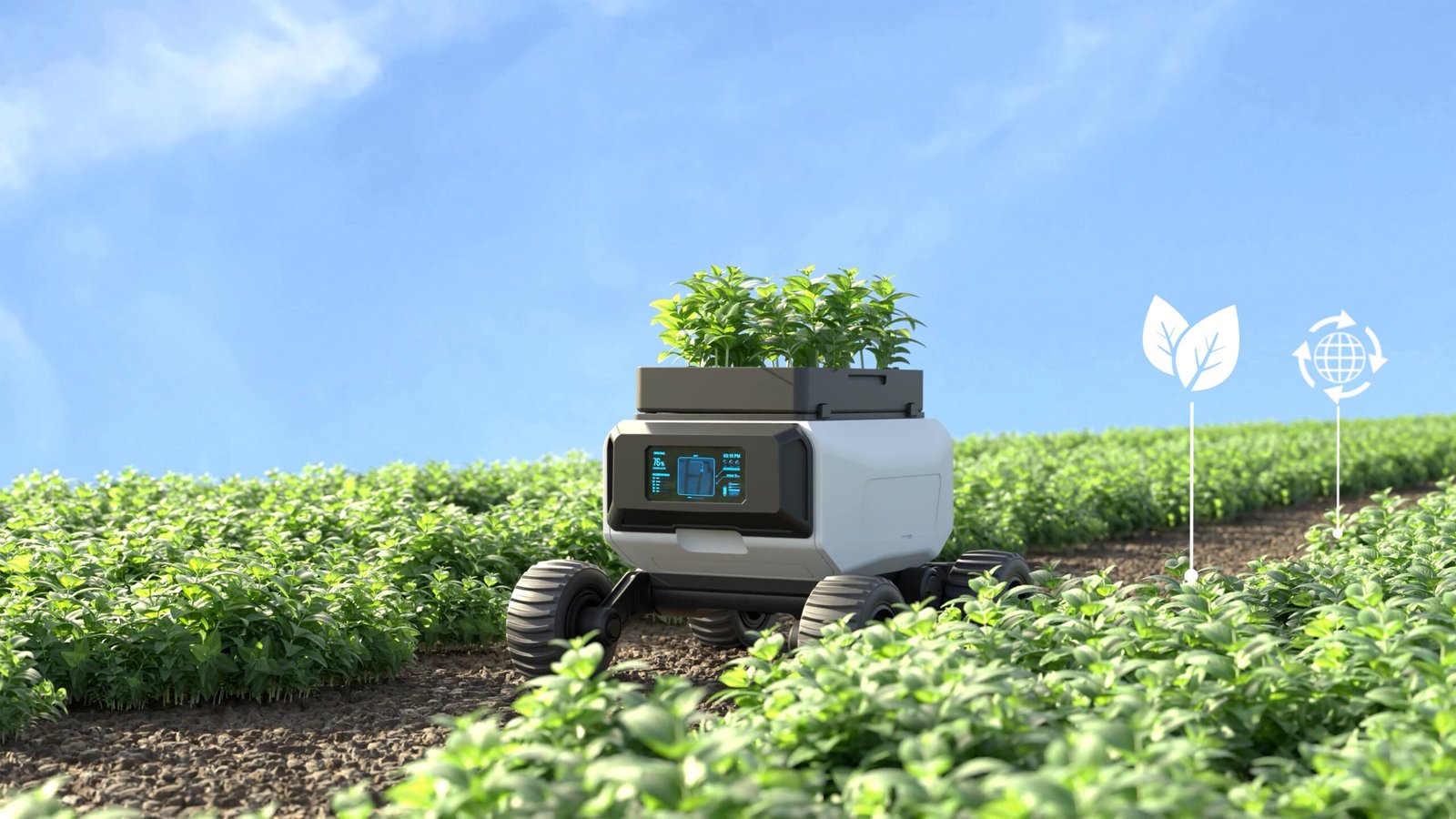
Sustainable Technology: Innovations Driving a Greener Future
In the face of escalating environmental challenges, sustainable technology has emerged as a beacon of hope, driving innovations that promote ecological balance and resource efficiency. These advancements are pivotal in steering us toward a greener future.
Understanding Sustainable Technology
Sustainable technology encompasses innovations designed to minimize environmental impact by conserving resources, reducing emissions, and promoting ecological harmony. The primary objective is to meet present needs without compromising the ability of future generations to meet theirs.
Key Innovations Driving Sustainability
Renewable Energy Technologies:
Solar Power: Significant strides in photovoltaic cell efficiency have made solar energy more accessible and cost-effective. Innovations in solar panel design and materials continue to enhance energy capture and storage capabilities.
Wind Energy: Advancements in turbine technology have increased energy output while reducing costs, making wind a competitive alternative to fossil fuels.
Energy Storage Solutions:
Advanced Batteries: The development of high-capacity batteries, such as lithium-ion and solid-state variants, facilitates the storage of renewable energy, ensuring a consistent power supply even when natural conditions are unfavorable.
Molten Salt Storage: This technology allows for the storage of solar energy as heat, which can be converted to electricity when needed, enhancing the reliability of solar power plants.
Green Construction Materials:
Low-Carbon Concrete: Innovations in construction materials, like low-carbon concrete, reduce the carbon footprint of building projects, contributing to more sustainable urban development.
Smart Grids and Energy Management:
Intelligent Energy Distribution: Smart grids utilize digital technology to monitor and manage the distribution of electricity efficiently, integrating renewable energy sources seamlessly and reducing energy loss.
Smart Meters: These devices provide real-time data on energy consumption, enabling consumers to make informed decisions to reduce usage and costs.
Carbon Capture and Storage (CCS):
Emission Reduction: CCS technologies capture carbon dioxide emissions from industrial sources and store them underground, preventing them from entering the atmosphere and mitigating climate change.
Electric and Hydrogen Transportation:
Electric Vehicles (EVs): The proliferation of EVs, supported by advancements in battery technology and charging infrastructure, is reducing reliance on fossil fuels in the transportation sector.
Hydrogen Fuel Cells: Hydrogen-powered vehicles emit only water vapor, offering a clean alternative for sectors where electrification is challenging.
Challenges and Future Outlook
While these innovations are promising, challenges such as high initial costs, technological limitations, and the need for supportive policies persist. However, ongoing research, increased investment, and a global commitment to sustainability are driving progress.
Conclusion
Sustainable technology is at the forefront of efforts to combat environmental degradation and promote a greener future. Through continuous innovation and collective action, these technologies have the potential to create a sustainable world for generations to come.



